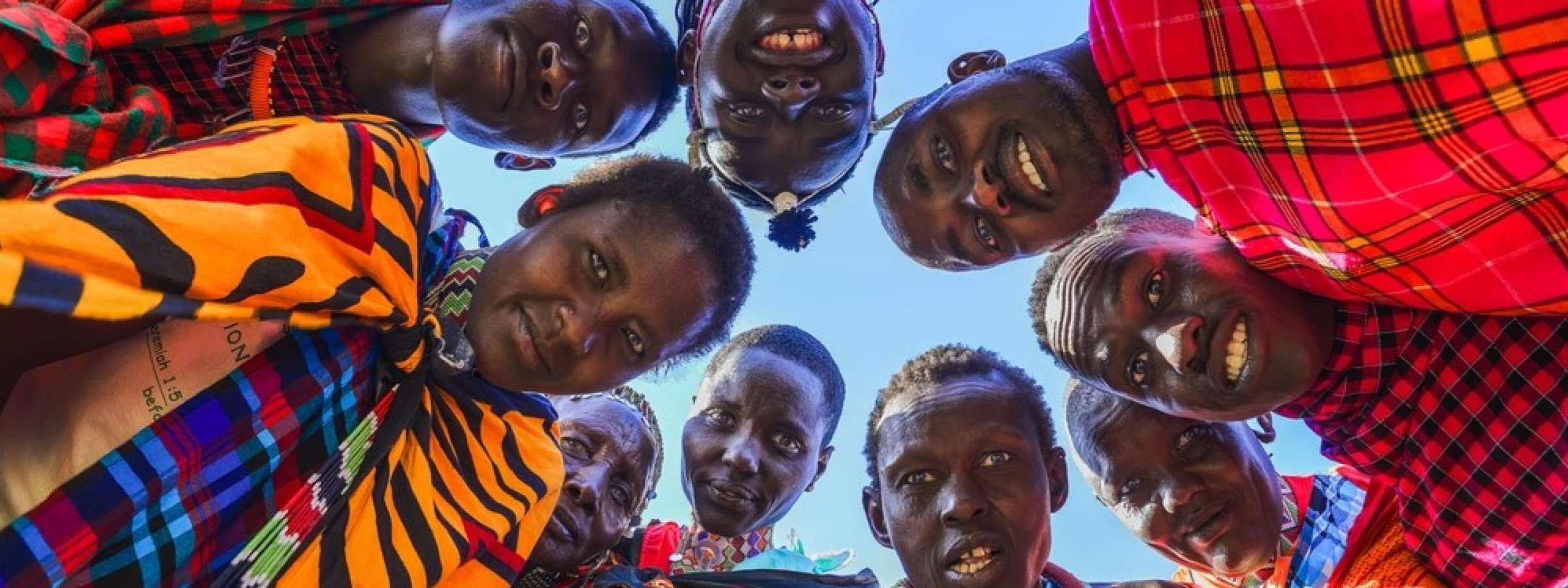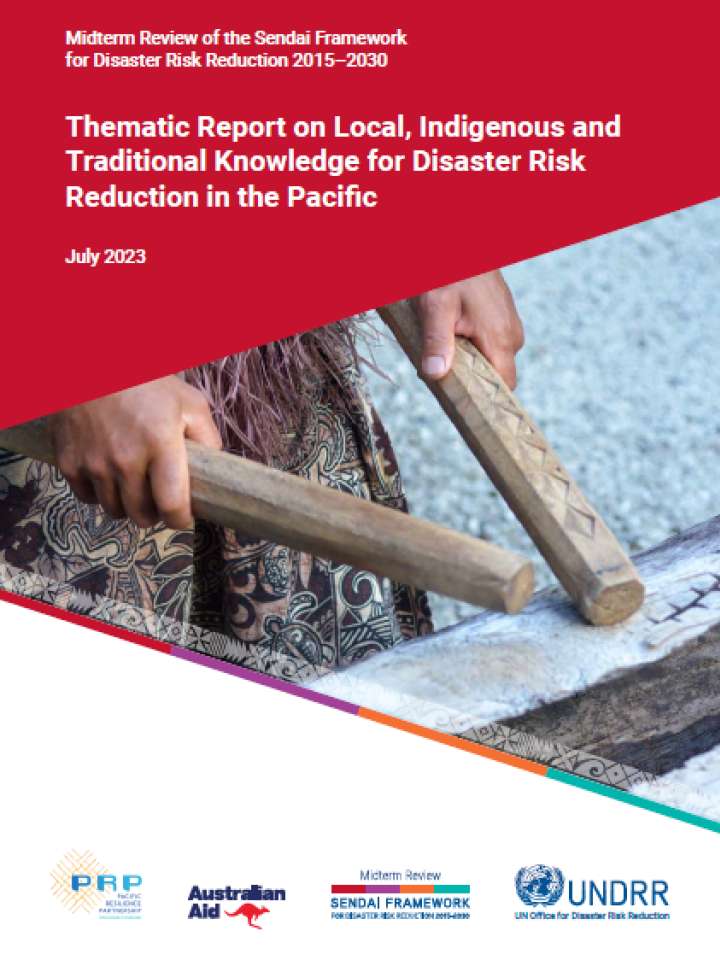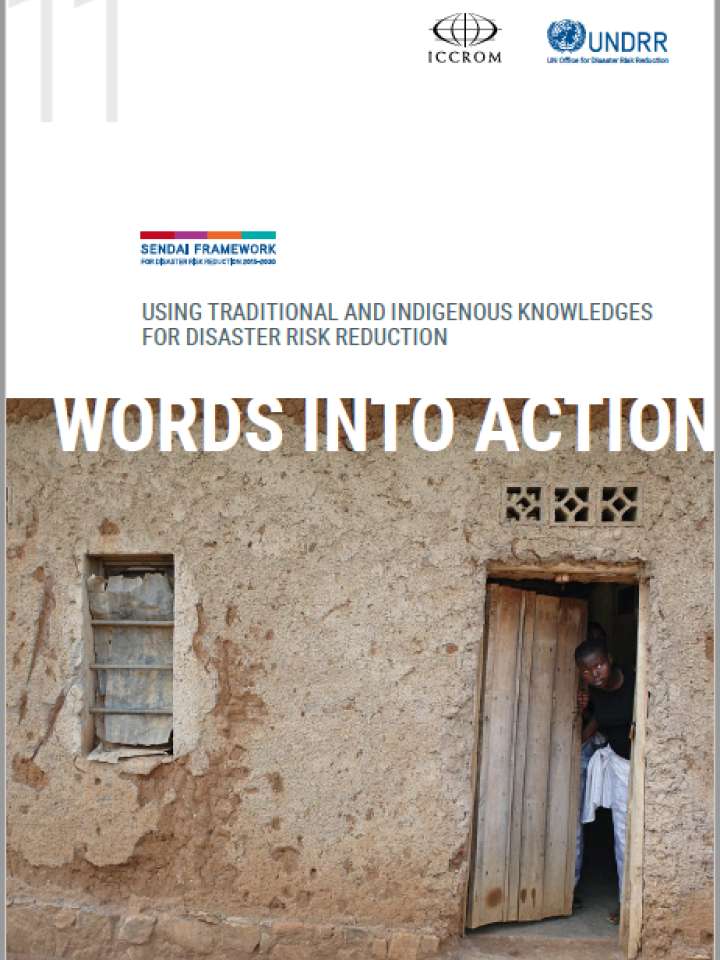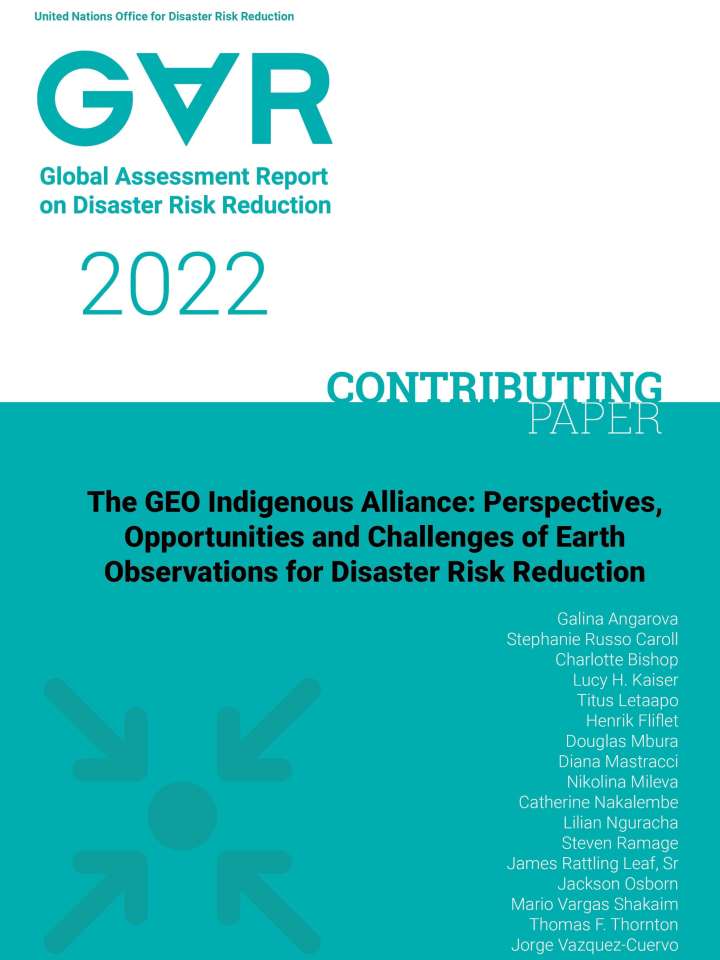
Join us
Join us at the APMCDRR for the series of events on the Indigenous Peoples and DRR

Get involved
Participate in a public review of the Words into Action: Using Traditional Knowledge for Disaster Risk Reduction.

Stay in touch
Join our email list to stay updated.
Indigenous Peoples are key actors for Disaster Risk Reduction
Indigenous Peoples are on the front line of rapidly increasing disaster risk and climate change and environmental degradation because of their close relationship with the environment and its resources.
A legacy of inequality and exclusion has made Indigenous Peoples more vulnerable to the impacts of climate change and disasters. At the same time, indigenous people hold many of the solutions to reducing disaster risk and vulnerability. As vital custodians of the world’s landscapes - Indigenous Peoples own, occupy, or use a quarter of the world’s surface area, they safeguard 80 percent of the world’s remaining biodiversity - They hold vital ancestral knowledge and expertise on how to adapt, mitigate, and reduce climate and disaster risks. Respecting the rights of indigenous peoples and ensuring meaningful participation in disaster risk reduction decision making is essential for effective policies.
There are an estimated 476 million Indigenous Peoples worldwide. Although they make up just 6 percent of the global population, they account for about 19 percent of the extreme poor. Indigenous Peoples are often last to receive public investments in basic services and infrastructure and face multiple barriers to participate fully in the formal economy, enjoy access to justice, and participate in political processes and decision making. Disasters are deepening these vulnerabilities and inequality, are creating a spiral of far more disaster risk and losses than humanity can cope with. This has to change.
We are engaging all stakeholders through a series of consultations to formulate and conceptualize the campaign - nothing about them without them. A first consultation was organized during the Global Platform for Disaster Risk Reduction 2022, led by representatives of the Indigenous Peoples communities and experts.
Key messages

Indigenous Peoples are the premier caretakers of the biological and cultural diversity
Indigenous Peoples are disproportionately affected by disasters, yet they are often not included in disaster risk reduction policies.
It is imperative to include Indigenous Peoples’ communities in decision-making on disaster risk reduction.
476 million
people in more than 90 countries identify themselves as Indigenous Peoples
20%
of the earth's territory is held by Indigenous Peoples, the most effective stewards of the environment, containing 80 per cent of the world’s remaining biodiversity
370 million
There are an estimated 370 million indigenous people whose livelihoods are being negatively affected by climate change and extreme weather events
UNDRR strategic documents on the Indigenous Peoples


Words into Action guidelines: Using traditional knowledges disaster risk reduction
This Words into Action explores how traditional knowledges can be used to complement scientific knowledge in disaster risk reduction (DRR). The guide translates the Sendai Framework into credible and implementable actions for DRR with a focus on the application of traditional knowledge rather than the contents of traditional knowledge itself. It outlines possible ways in which this knowledge can be used to reduce, prepare for and respond to disasters.

Case studies
AN ANCIENT AZTEC TRADITION IS HELPING MEXICAN FARMERS DURING COVID
The ancient Aztec farming tradition is one of the most sustainable and efficient indigenous farming techniques. Find out why this traditional knowledge is such a productive agricultural technique in this video.
INDIGENOUS PEOPLES ARE CENTRAL TO SOLVING THE CLIMATE CRISIS
Indigenous knowledge can help communities adapt to climate change. In this video you will discover how indigenous communities are fighting the effects of climate change around the world.
USING INDIGENOUS KNOWLEDGE IN WEATHER FORECASTING
Can indigenous knowledge about weather forecasting bolster African agriculture? In this video you will discover a community “rainmakers” in Kenya who draw on traditional knowledge to find patterns like observing the behaviour of birds to predict coming rainfall.
HARNESSING LOCAL KNOWLEDGE TO REDUCE IMPACT OF HEAT ON HOMES
Extreme temperatures kill up to 5 million people every year. Heatwaves are increasing across India due to climate change. Find out how indigenous communities use valuable knowledge on heat resilient-housing such as building “green roofs” in order to cool down their houses.



